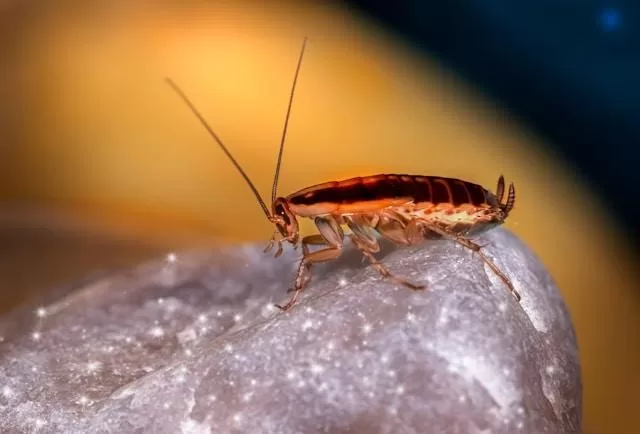Property managers pay close attention to every detail when renovating since they are aware of the high standards set by their residents. Before unveiling the new area, they make sure everything looks perfect. Unfortunately, one issue that is readily overlooked has to do with bugs.
Cockroaches, rodents, flies, termites, and other unwanted pests can quickly find their way onto the property as construction teams come and go, leaving behind piles of supplies and excess waste. At this time, usual cleanliness practices are altered, which makes it easier for pests to infiltrate and establish comfortable residence. These are some strategies for controlling pests when remodeling and building.
Keep Clean
Complex processes, like renovations, are prone to chaos due to the numerous moving parts and individuals involved. This temporary disorder makes it easy for pests to thrive. Because of the movement of people, tools, and materials on the premises, waste will inevitably accumulate, and areas within your building will see increased foot traffic during construction, which adds to the mess. To reduce the likelihood of pests becoming attracted, keep the site clean. Get rid of any food scraps, trash, and wood remnants as these can attract pests.
Notice Details
Meticulous attention to detail plays a critical role in the success of your remodeling project. You might be wondering what to do when you find a baby cockroach. Identifying these nuances and incorporating minor adjustments can significantly impact your ability to control pests effectively.
For example, carefully inspect raw construction materials to ensure they are pest-free before transporting them to the work site. Swap out any outdoor mercury vapor or fluorescent lights with sodium vapor or LED alternatives, as they are less likely to attract pests.
Verify that new doors and windows are securely fitted within their frames, and consider using screens and weather strips to seal off any potential entry points for pests. It may also be beneficial to collaborate with an HVAC specialist to establish a “positive airflow” system within your building, encouraging airflow to expel flying insects out of open portals rather than drawing them inward.
Stay Dry
Rain and increased humidity cause damp supplies, which in turn create an ideal breeding ground for pests that like damp environments. If at all possible, schedule improvements and renovations during the driest time of the year to minimize the chance of pests living in standing water and damp building materials. Regardless of the season, cover construction materials to keep moisture out, as pests are drawn to moisture. When building, make sure the land is graded to avoid puddles near work areas, especially to keep termites and mosquitoes away.
Seal Entry Points
Before starting any renovation work, do a complete pest inspection. If you don’t find an infestation immediately, it can worsen when you’re rebuilding. Insects are adept at locating hiding places in a variety of settings.
External pipes, windows, and doors are common access locations. But you might need a magnifying glass to find their most secret hiding places, such as in the basement, inside walls, or next to the furnace. If you find any gaps, fill them up right away using the appropriate materials.
Weatherstripping is a great way to seal doors and windows and makes sure that each open window has a screen to keep flying insects out. While caulking works well to seal gaps around pipes, steel wool fills holes around the foundation well.
Endnote
Identifying problems early provides the optimal opportunity to manage them before they escalate within your home. Seeking guidance from a specialist can offer tailored recommendations for safeguarding your residence during the construction phase. Should an issue emerge, an exterminator possesses the necessary expertise and tools to eliminate any pests or vermin from your living space.

